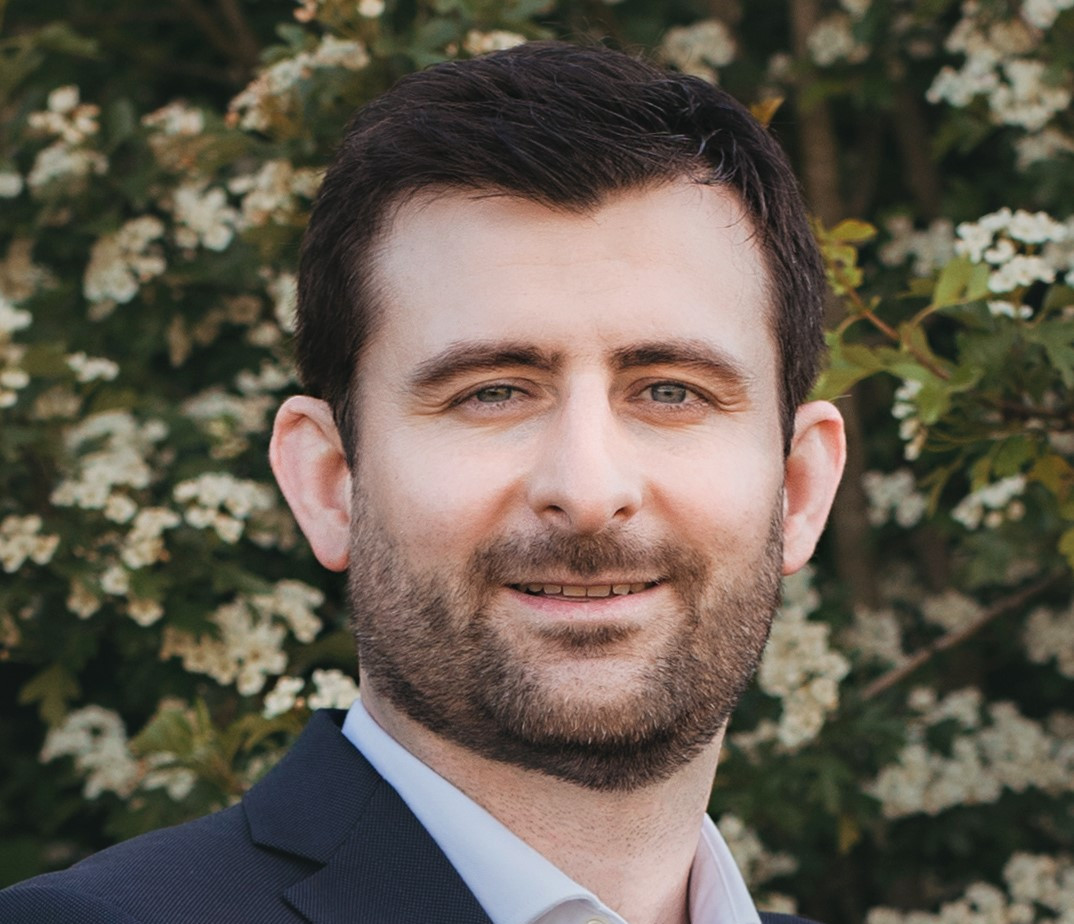Josephine Shillito: The Global Landscapes Forum is instrumental in helping to create a green financing ecosystem in Luxembourg. Can you explain a little about how it does this?
Ludwig Liagre: The is the world's largest knowledge-led platform on sustainable landscapes, which encompasses a variety of what we call ‘nature-based solutions’ such as biodiversity conservation, sustainable forestry and agriculture. It brings a diversity of stakeholders together to catalyse action. In 2021, the GLF signed a partnership with the government of Luxembourg to develop the . This initiative seeks to mainstream investments for nature-based solutions and addresses ways to shift financial flows towards land-use models that are sustainable, equitable, inclusive and profitable. The GLF operates through a network of local, regional and international organisations that share expertise where it is most needed, in particular in developing economies.
Is there motivation in Luxembourg to practice green financing?
Yes. Under the leadership of the for example, Luxembourg is shaping a conducive environment to green finance. On finance for nature-based solutions in particular, the provides financial and other support to emerging climate funds. Seed capital for impact funds is also provided through another vehicle, the .
But things can always improve. A study by the Luxembourg Green Exchange and the GLF pointed out that close to 3% of green bond proceeds flow to sustainable land use and biodiversity projects. Additional efforts are needed also considering the large funding gap: a recent study (UNEP & al., 2021) highlights that financing for nature-based solutions need to triple by 2030.
Private investors can be cautious about investing in new green assets like biodiversity and forests, why is this?
It is true that there are still a number of perceived risks associated with this investment category. For instance, a lack of understanding of how such sectors can generate a combination of environmental, social and financial returns is a barrier. The GLF promotes some of the business models that help achieve such a triple dividend.
We are also committed to identifying examples of investable projects at scale. At the upcoming Investment Case symposium in December 2022, some of the best projects will be presented to investors.
Looking forward, what types of public and private financing would be useful in Luxembourg to mobilise private sector investment into green financing?
Blended finance models (combining public and private investment) are critical in reducing the perceived risks of investing in green financing, and for catalysing private sector investment into the area. Public guarantees and investment in first-loss equity can play a key role in de-risking green investment for private investors. As the world enters the UN Decade on Ecosystem Restoration, with hundreds of billions of euros of investments needed, we also believe a global guarantee fund for ecosystem restoration as well as a project preparation facility to support maturation of existing nature-based solutions projects would be useful.
